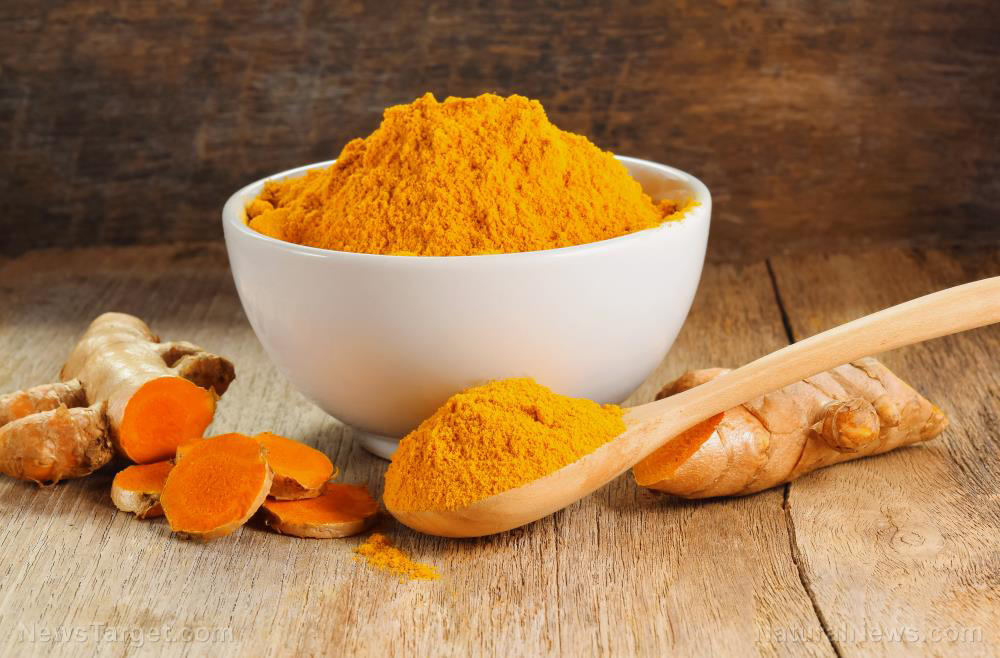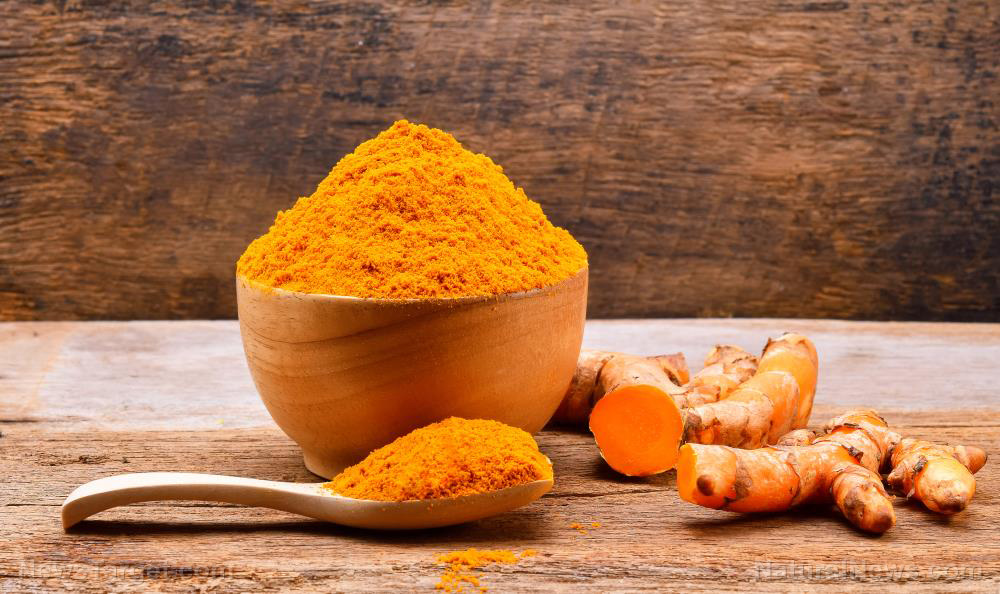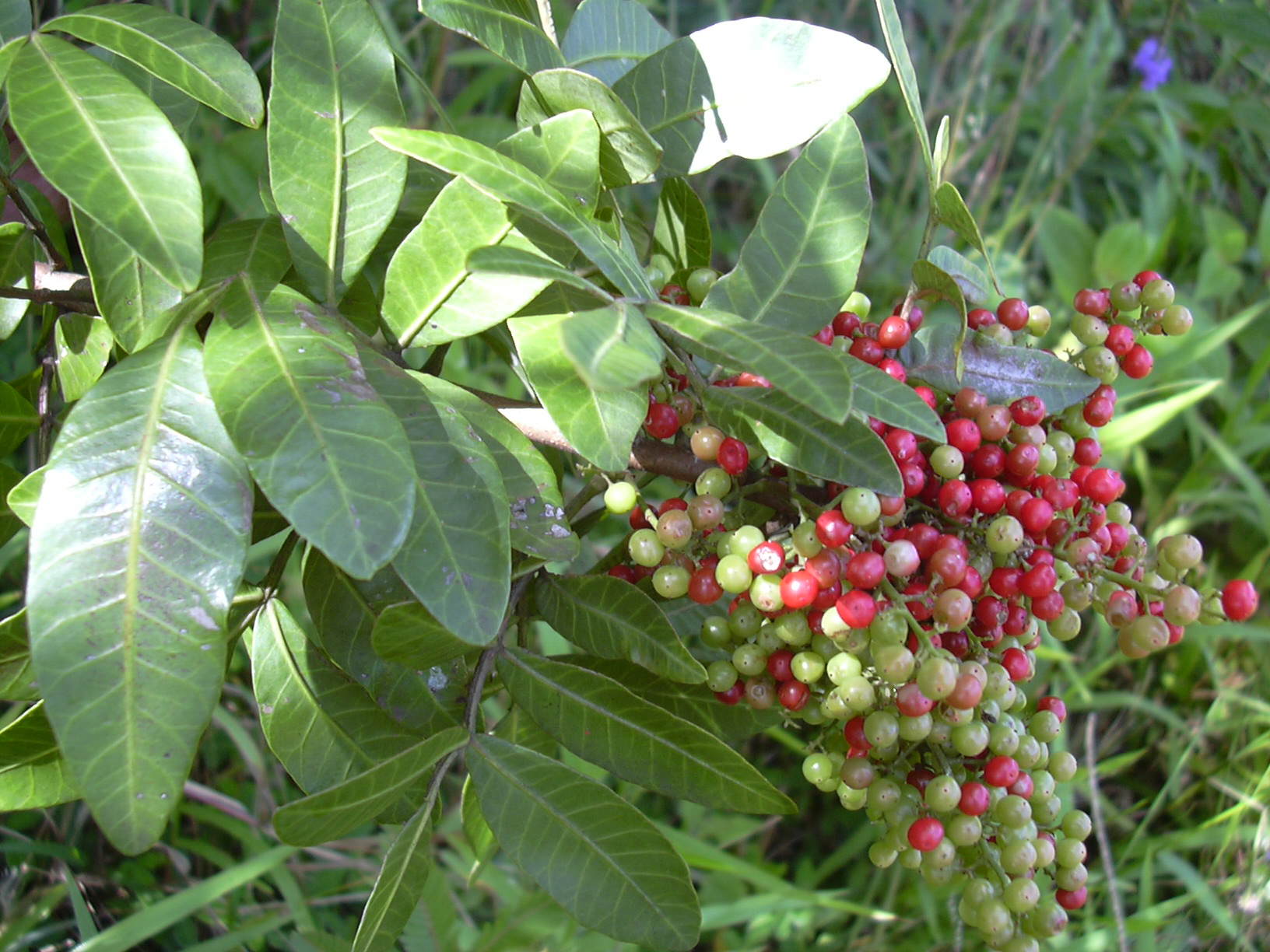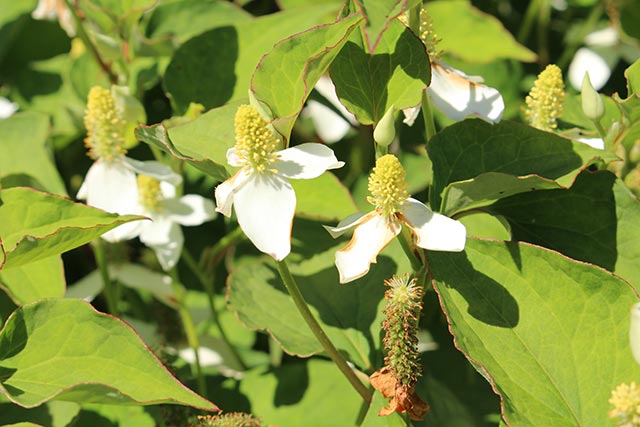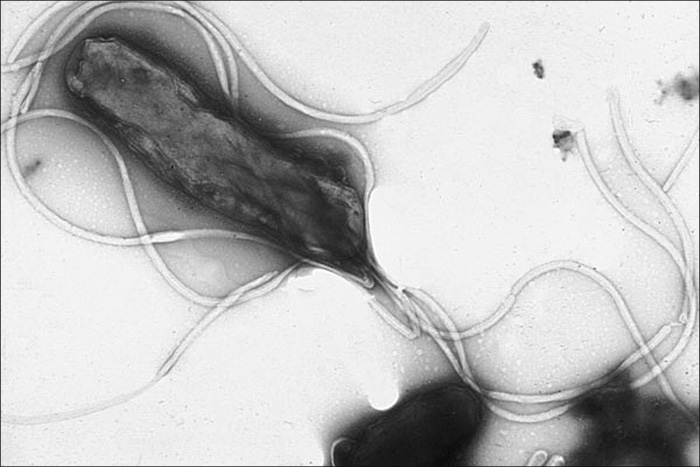Exploring natural cures: Can antimicrobial herbs prevent Lyme disease?
03/11/2019 / By Isabelle Z.
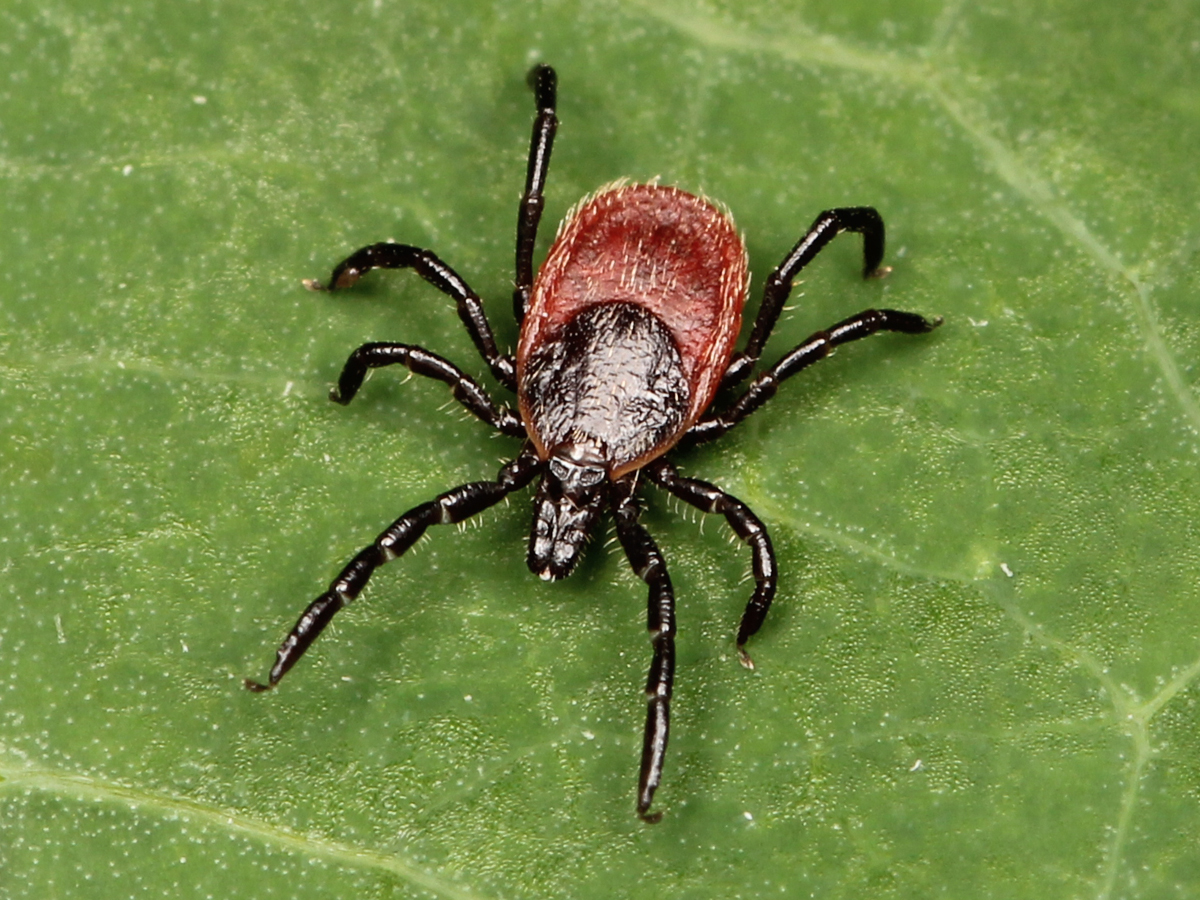
If you spend any amount of time outdoors or around animals, you’re at risk of Lyme disease. This infectious disease is transmitted by ticks, but it’s actually caused by a microbe, the Borrelia burgdorferi sensu lato bacteria. While many prevention methods focus on the ticks themselves, some researchers are looking into antimicrobial herbs as a way of stopping this bacteria in its tracks.
One of the biggest areas of study in this regard has been garlic. A study published in the Journal of the American Medical Association back in 2000 showed how well garlic supplements can fight off ticks and reduce people’s risk of Lyme disease. The study was carried out by Swedish researchers using soldiers who performed military exercises in areas with a high volume of ticks.
The southern part of Sweden is known for having a very high rate of Lyme disease as well as related neurological complications, making it the ideal place to try out potential preventive methods. The researchers gave some of the soldiers supplements with 1,200 milligrams of garlic per day. After counting the numbers of tick bites each solder got, they discovered that those who had been given a placebo were bitten significantly more often than those who took the garlic.
Consuming garlic on its own isn’t a Lyme disease treatment, but it may help people avoid getting it in the first place, especially if they’re around a lot of ticks. Not only does garlic work to repel insects, but its antimicrobial properties can protect you from infection.
A recent study from Johns Hopkins University found that the oils of garlic and other herbs and medicinal plants have a strong activity against Lyme disease-causing bacteria. The researchers found that 35 essential oils, including not only that of garlic cloves but also thyme leaves, cumin seeds, cinnamon bark, myrrh trees, and others, killed dormant as well as slow-growing “persister” types of Lyme disease bacterium. In fact, the study’s authors say they worked better at killing the persister bacteria than the standard antibiotics.
It’s an important finding as persistent Lyme infection can affect as many as 20 percent of people with the disease, and it can last for months or even years, causing problems like joint pain and fatigue.
Other antimicrobial herbs are also being explored for their potential to prevent Lyme disease. For example, the holy basil plant is known for its antimicrobial properties as well as its ability to alleviate inflammation, and it often forms part of alternative Lyme Disease treatments. Not to be confused with the basil you’d find in the supermarket, this is a sacred Hindu herb that also goes by the name of Tulsi. Other herbs that are being included in a lot of alternative treatment protocols for Lyme include Cat’s claw and stinging nettle.
When it comes to herbal treatments for Lyme, however, different people seem to respond to different combinations of plants, so it’s important to seek the assistance of a qualified professional.
How can you prevent Lyme disease?
If you must spend time regularly in a tick-infested area, it certainly can’t hurt to increase your intake of garlic or even consider supplements. In addition, you should keep covered so ticks won’t have exposed skin to attach on to. If you do find a tick, try to remove it as quickly as possible.
Shower immediately after being outdoors, as ticks will often stay on your skin for several hours before they attach themselves. Be vigilant for the bulls-eye rash that many people get in the days after exposure, but keep in mind that not everyone will get it. You should also look out for symptoms like stiffness in the neck, swollen lymph nodes, fatigue, chills, body aches and fever. If you do end up with Lyme despite your best efforts, be sure to explore the possibility of using herbal treatments to address it.
Sources for this article include:
Tagged Under: Cat's Claw, garlic, garlic oil, herbal medicine, Herbs, holy basil, Lyme disease, natural antibiotics, natural cures, natural medicine, natural remedies, Naturopathy, prevention, research, Stinging Nettle, ticks

